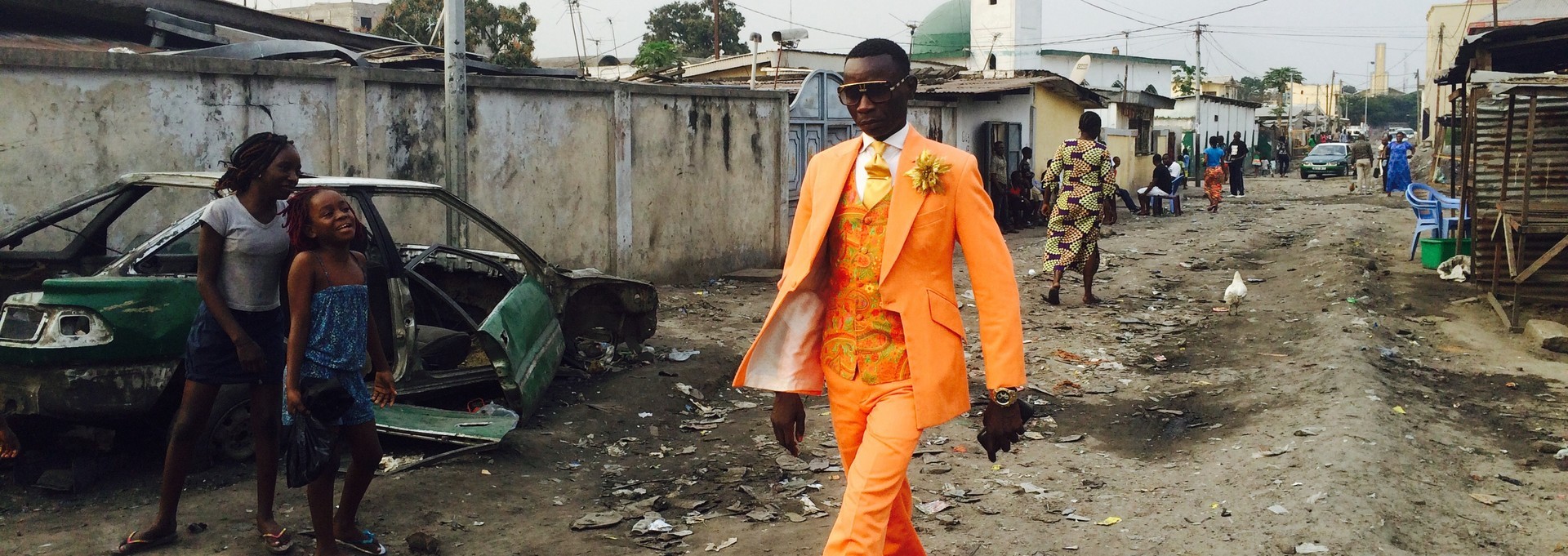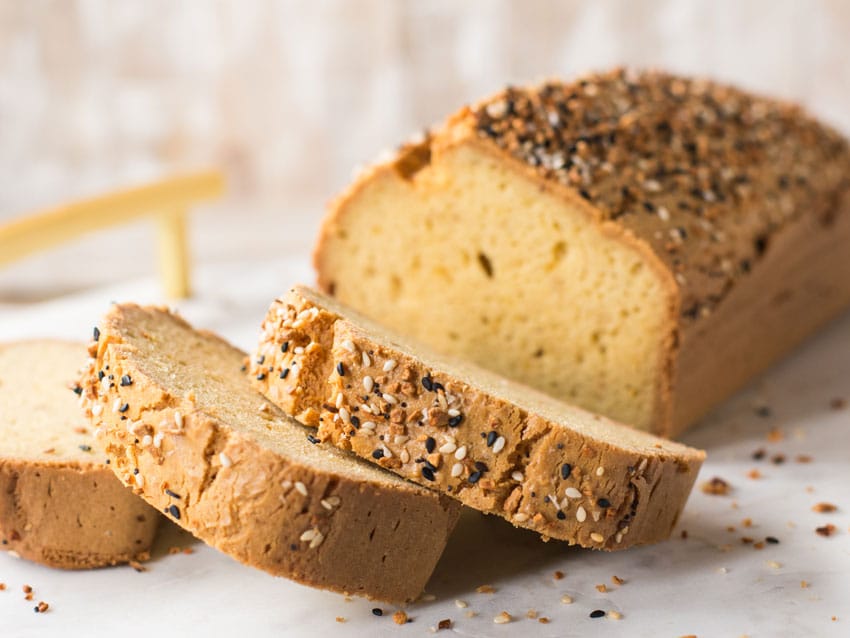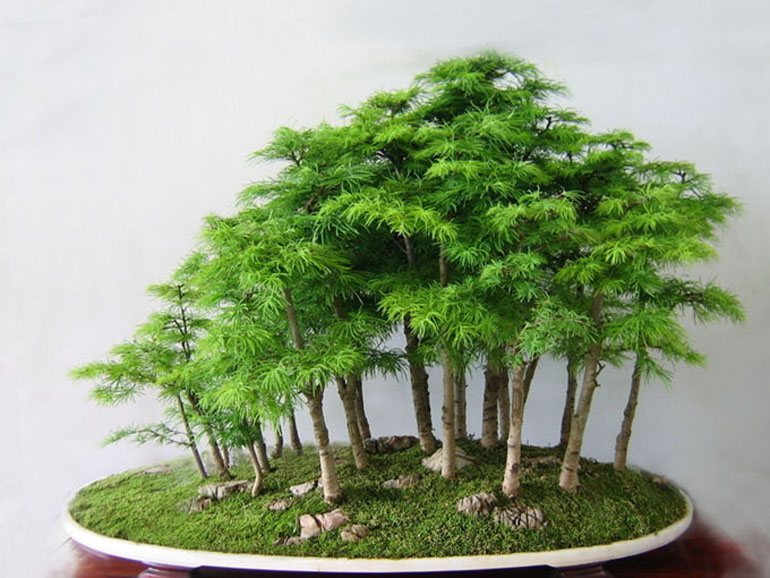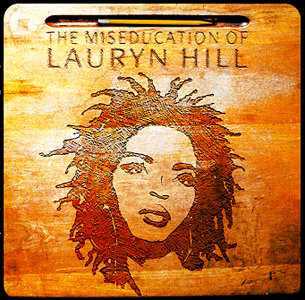He stood out from all the other executives.
It was at the Panari Hotel, off Mombasa Road in March 2017. Before presenting the awards, one of the top executives at the Kenya Bureau of Standards (KEBS) stood up to make the keynote speech. I was seated on the front row, among the other contestants of that year’s edition of the KEBS National Standardization Essay Contest.
I thought he was a Congolese Sapeur.
He has ‘fried’ hair and his eyes were hidden behind pink-rimmed designer shades. It was matched with a pink three piece Ozwald Boateng suit atop a gold-colored shirt and tie of the same hue. Perfect.

I look further down and spotted heavy sharp-toed shoes made of reptilian skin. A hint of pinkish checkerboard socks can be seen here and there as he moves, slowly, toward the microphone. As he does so, the DJ, instinctively, starts playing Papa Wemba’s Rail On:
Machozi yangu yote namalizika
Mie nitalala na nani
We unaenda
Mie mpaka ni mawazoo ooh ooh
mie mpaka ni kuwazawaza
we unaenda
unaenda
kama ile njia yako enda
kama ni maisha yako fuata
wee dada
rail on…..
The executive, intentionally, walks so slowly that it takes the entire two and a half minutes of the song before he reaches the microphone. He grabs it with the left hand, revealing a thick silver ring adorned with a green ruby. Perfect.
Watching him, one would never have guessed his marital problems.
He reaches into his right pocket, takes out a brown wooden pipe and places it in his mouth. Its metallic rim glows as he, slowly, lights it. It reminds me of Opiyo’s pipe. All this time the entire hall is silent, holding its breath. He puff puff puffs away, and blows up a cloud of smoke. Then he starts speaking, in a deep voice:
“Bless you DJ, Bless you…” He makes the sign of the cross as he looks at her, smiling. She, smiles back, coyly. He speaks on…
“You must have read my mind. That is our Papa, may he rest in peace. As a proud member of the Society of Atmosphere-setters and Elegant People, I am really happy to hear his voice. Bokul lives on…. ”
He pauses for a minute. Now he faces us, the crowd. He puffs once again and blows the smoke upwards before speaking some more:
“You know, Papa Wemba always said that to be a Sapeur one must have standards. La sape is not easy, you must have an understanding of what the rules are. You have to be well-shaved, have well-styled hair, be nicely scented and well-dressed. Perfect.”
I was beginning to wonder what his fashion tendencies had to do with our being here. He puffs soundly than ever before and blows a ring of smoke upwards. He then removes his shades, and puts them into his right trouser pocket.

He also puts the pipe back into his pocket and starts speaking again:
“Listen carefully, most of you are here for the award ceremony. I therefore won’t take much of your time, I just have a few things to say. As most of you know, the agribusiness sector is surging and hence some of you might be interest in entering it at any point in the value chain. Even my own wife, I think, did so”.
The people looked bored now.
They had become accustomed to his showmanship, even enjoyed it. He ignores the blank stares and removes a piece of paper from the inner pocket on the left side of his coat. He starts reading it, in a louder voice than the one he spoke in earlier:
“There are several Kenyan standards bodies in agriculture too. These have been established to ensure that the food that reaches the consumer is safe for consumption. I will tell you what these are and briefly describe what they do. I challenge you to look up after we are done here:..
1. Kenya Bureau of Standards (KEBS)
Naturally, we have to be in the picture. We are the overall standards organisation and offer 4 Standardization Marks of Quality that food manufacturers especially need to be aware of: The Diamond and Food Fortification Marks are meant for agro-processors to authenticate the validity of their products.
The Import Standardization Mark is relevant for those who intend to import machinery or chemicals that they need for agricultural operations. Furthermore, one has to acquire the overall Standardization Mark in accordance with the Standards Act, Laws of Kenya.
2. Kenya Plant Health Inspectorate Service (KEPHIS)
This is a government parastatal whose mandate is quite straight-forward: To assure the quality of agricultural inputs and produce to prevent adverse impact on the economy, the environment and human health. If you intend to import inputs such as seeds or export produce, then these are the people you need to visit.
3. Pest Control Products Board
This is another government body that plays a vital role in the agricultural sector. It works closely with the Agrochemicals Association of Kenya to regulate the importation, exportation, manufacture, distribution, transportation, sale, disposal and safe use of pest control products and mitigate potential harmful effects to the environment..”
As he concludes the speech, he wraps his paper and puts it back into the pocket from which it came. He takes out the shades, puts them on, and walks away. As he does so, the DJ, instinctively, starts playing Papa Wemba’s Rail On:
Leo mpaka ni mawazo ooh
Hapo unaniacha ohh
kama we unaenda
we unaenda
we unaendaaaaa
Rail on, Rail on, Rail on
think thats the way x4
Rail on
think that’s the way.
































